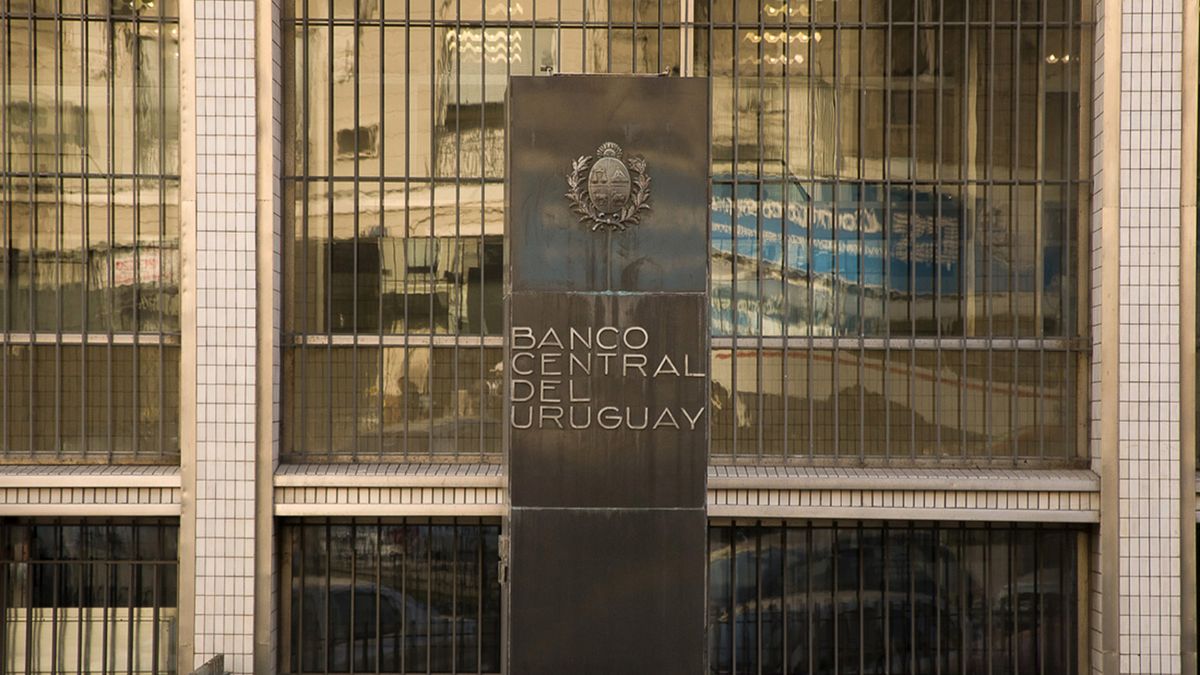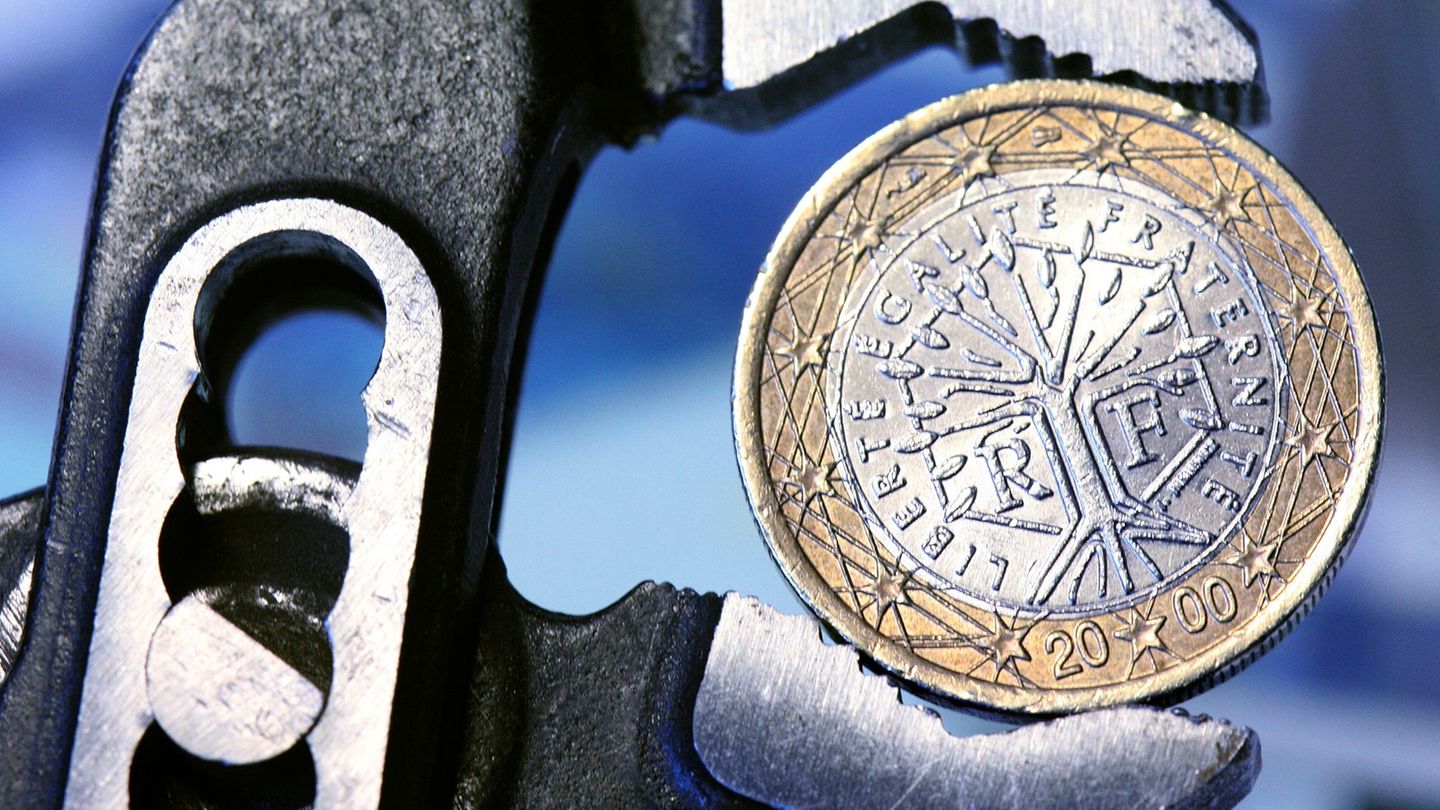He Economic Policy Committee (Copom) of the Central Bank of Uruguay (BCU) meets tomorrow to define, once again, what will happen with the reference interest rates in the country for at least the next two months, amid expectations for a new decline that will push the exchange rate upward.
The Monetary Policy Rate (MPR) It is currently at 10%, but the general expectation is that tomorrow, after the Copom meeting, it will drop again. The markets have been anticipating a new cut of 75 points almost since the previous meeting in August. This would cause rates to fall to 9.25%, something that is also in line with the corridor suggested by the BCU in its latest Monetary Policy Report (IPoM).
Although the isolated figure continues to seem high, it is worth remembering that at the beginning of April, just six months ago, the MPR was located at 11.50% and that, since July, it has already cut 125 basis points —50 points that month and another 75 in the last meeting in August; without counting the previous drop of 25 points that was resolved in April. Now a drop of the same characteristics is expected starting tomorrow.
Likewise, the reduction in rates was already advanced even by the president of the BCU himself, Diego Labat by considering that “there is room” for a new cut, always previously considering the performance of inflation and its location within the target range of the government. As long as this condition continues to be met, everything seems to indicate that tomorrow’s resolution will be along the lines expected by the markets and export sectors – which are looking for a response to the deterioration of competitiveness in monetary policy.
What happens at the regional level with interest rates?
In Latin America predominates the tendency towards end of restrictive monetary policycontrary to what happens in the countries of the northern hemisphere, where the freezing of interest rates predominates.
Although a restrictive tone still predominates in the actions of regional central banks, most have already made cuts in their rates. Such is the case of Chili, for example, which has accumulated a cut of 175 basis points in recent months, and today places its Reference rate at 9.50%.
The same happens with Brazil which, although it still has a rate of 12.75%, has a cumulative drop of 100 basis points. Paraguay, Meanwhile, it cut 0.5% to leave the rate at 8%; and Peru It reached 7.5% after decreasing 25 basis points.
The Federal Reserve no longer leads the monetary path in Uruguay
Unlike what happened during the first part of the year, when the monetary policy decisions of the United States Federal Reserve (Fed) anticipated almost with certainty what would happen with the MPR at the local level, for several months the paths of the central banks have been divided.
The reason is mainly due to the result of the inflation control policies that in the United States they are not having the expected results while, in Latin America in general, and in Uruguay In particular, they managed to largely control prices.
In this sense, the Fed, which had announced at the time the possible pause in the restrictive monetary policy, must have prematurely abandoned that path to resume the climbs or, at least, keep reference rates frozen —while in the country the general expectation is that there will be a new decline.
This is not seen with bad eyes in the local market, since it contributes to the strengthening of the dollar – investing in this currency generates good interest thanks to the high rates -, in parallel to the progressive disincentive that exists on the peso with the cut in the MPR. . All of which aims to correct the misalignment of the existing exchange rate or, simply, the exchange delay that affects the competitiveness of the country.
Source: Ambito




